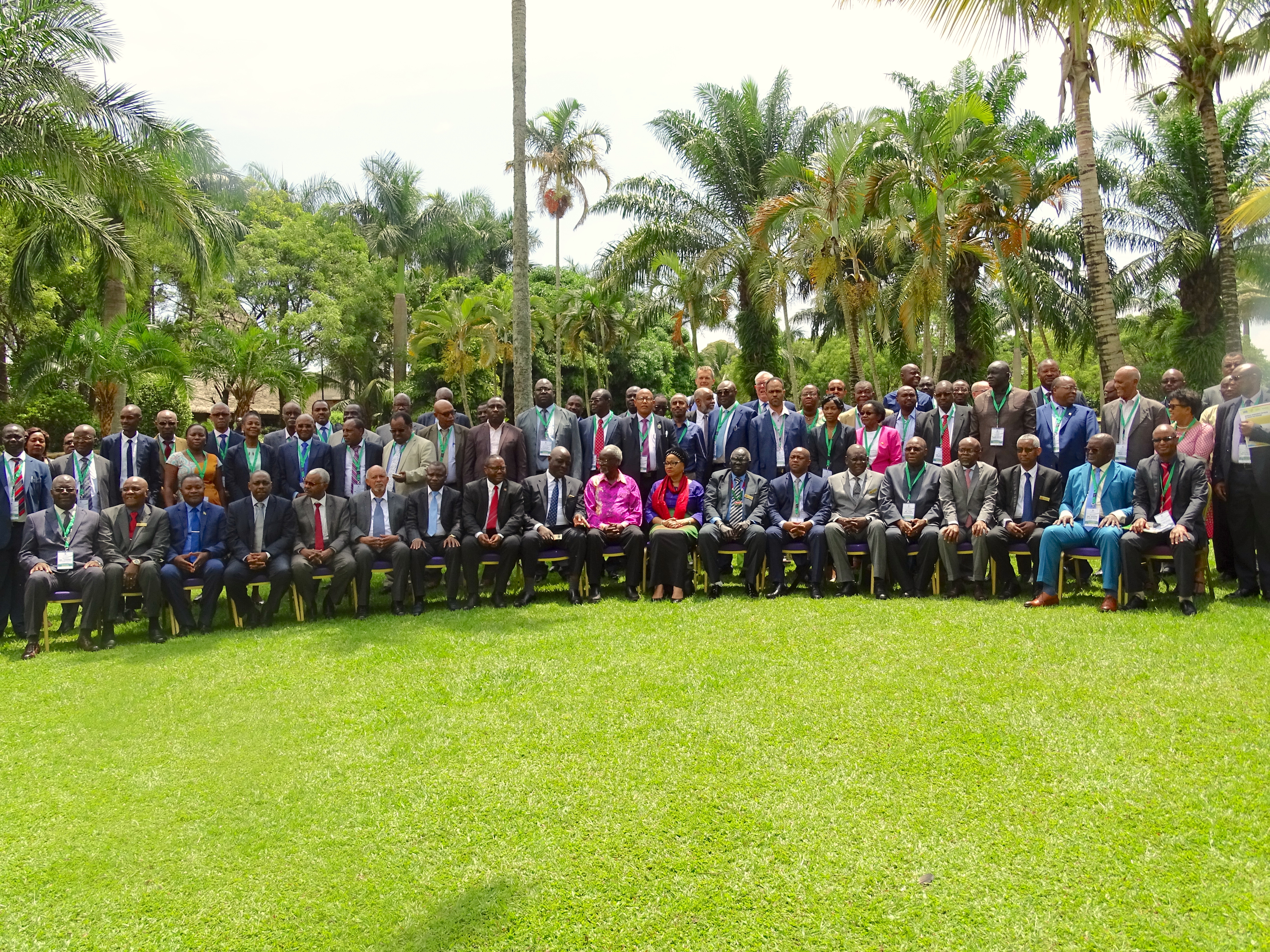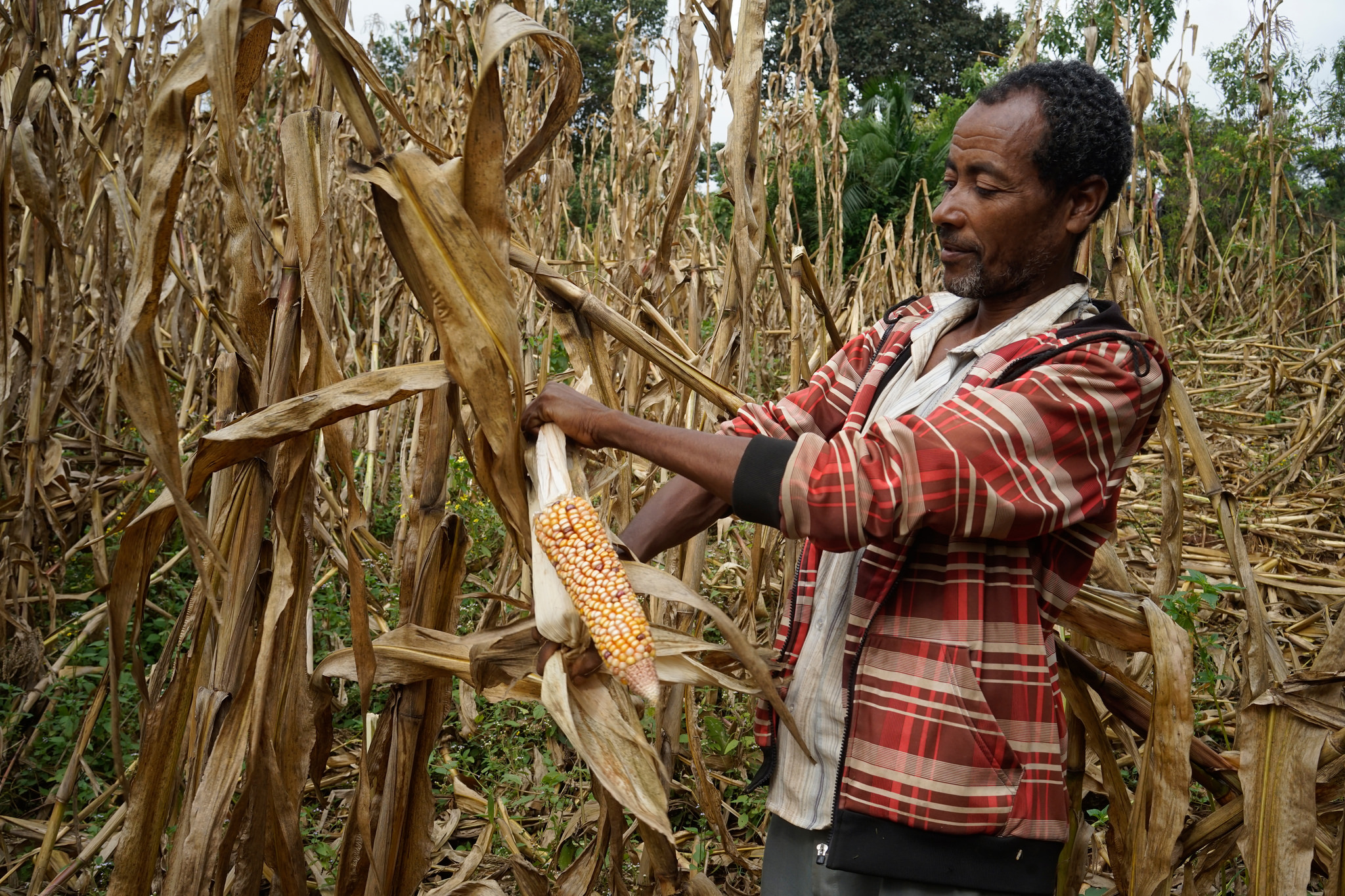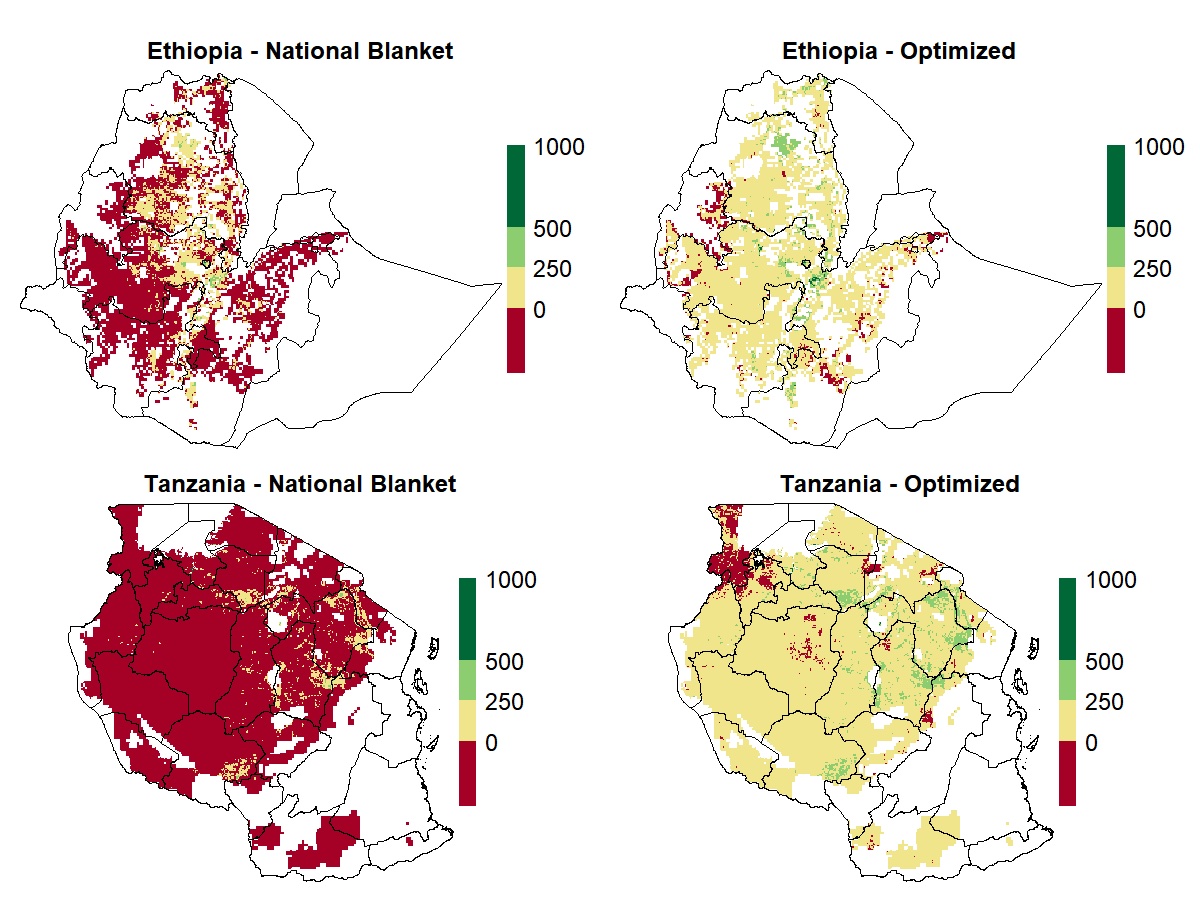
What fertilizer application will give me the best returns? What maize crop variety should I use?
Each farmer faces constraints related to weather uncertainty, soil fertility management challenges, or access to finance and markets. To improve their yields and incomes, African smallholder farmers need agronomic advice adapted to their specific circumstances. The challenge is even greater in sub-Saharan Africa, where agricultural production landscapes are highly diverse. Yet traditional agronomic research was not designed to fit with complex agroecological regions and farming systems. Compounding the problem, research organizations often have limited resources to develop the necessary experiments to generate farm- and site-specific agronomic advice at scale.
“Agronomic research is traditionally not equipped to consider spatial or socio-economic diversity among the millions of farmers it targets,” said Sebastian Palmas, data scientist at the International Maize and Wheat Improvement Center (CIMMYT) in Nairobi, Kenya.
Palmas presented some of the learnings of the Taking Maize Agronomy to Scale in Africa (TAMASA) project during a science seminar called “A spatial ex ante framework for guiding agronomic investments in sub-Saharan Africa” on March, 4, 2019.
The project, funded by the Bill & Melinda Gates Foundation, has used data to improve the way agronomic research for development is done. Researchers working on the TAMASA project addressed this challenge by using available geospatial information and other big data resources, along with new data science tools such as machine learning and Microsoft’s AI for Earth. They were able to produce and package information that can help farmers, research institutions and governments take better decisions on what agronomic practices and investments will give them the best returns.
By adapting the Quantitative Evaluation of the Fertility of Tropical Soils (QUEFTS) model to the conditions of small farmers in TAMASA target countries (Ethiopia, Nigeria and Tanzania), using different layers of information, CIMMYT and its partners have developed a versatile geospatial tool for evaluating crop yield responses to fertilizer applications in different areas of a given country. Because calculations integrate spatial variation of fertilizer and grain prices, the tool evaluates the profitability — a key factor influencing farmers’ fertilizer usage — for each location. The project team can generate maps that show, for instance, the estimated agronomic and economic returns to different fertilizer application scenarios.
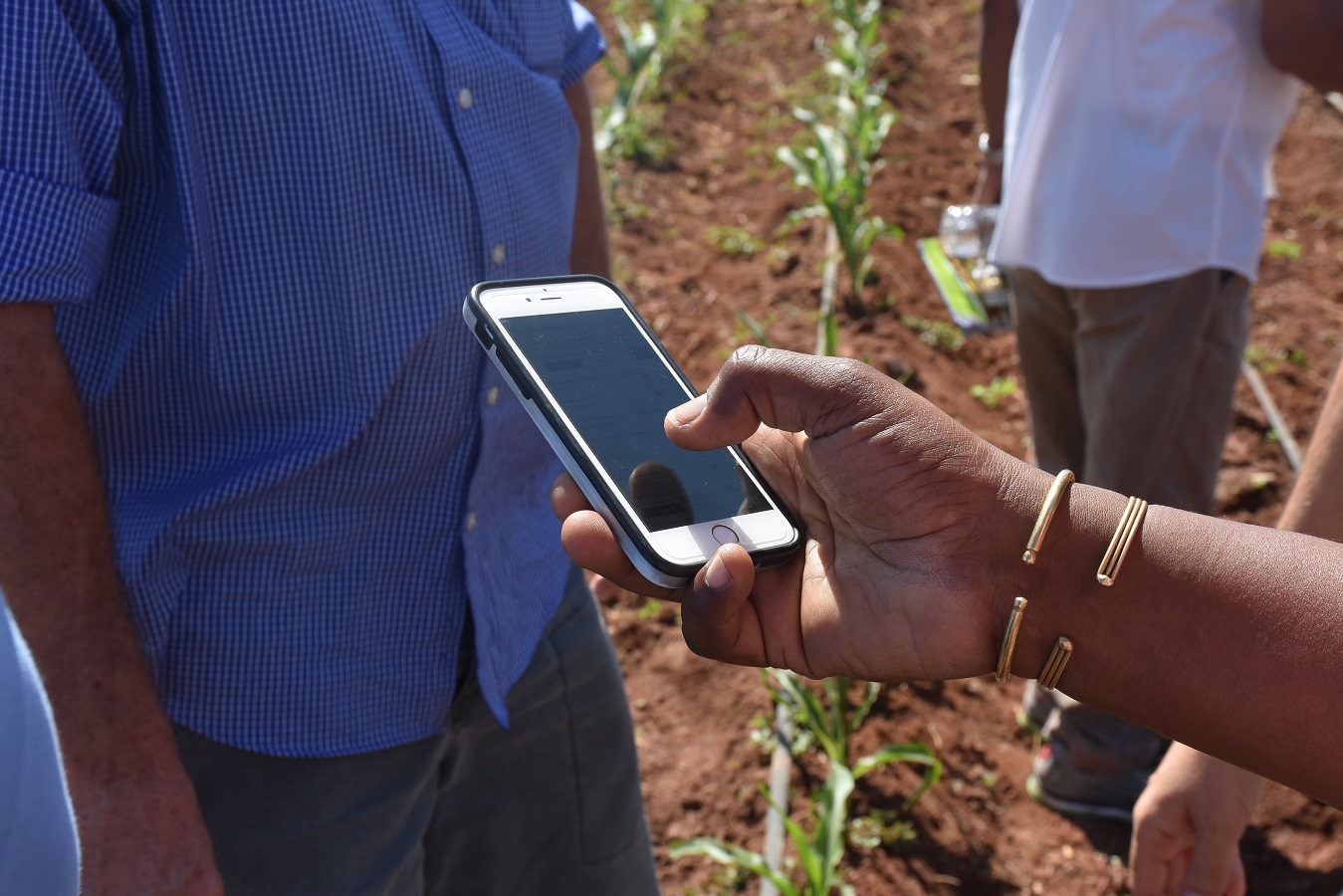
Making profits grow
These tools could potentially help national fertilizer subsidy programs be more targeted and impactful, like the ambitious Ethiopia’s Fertilizer Blending initiative which distributes up to 250,000 tons of fertilizer annually. Initial calculations showed that, by optimizing diammonium phosphate (DAP) and urea application, the profitability per hectare could improve by 14 percent on average, compared to the current fertilizer recommendations.
Such an approach could generate farm-specific advice at scale and boost farmers’ incomes. It could also provide insights on many different issues, like estimating market demand for a new fertilizer blend, or the estimated quantity of additional fertilizer required to bring about a targeted maize yield increase.
Future extensions of the framework may incorporate varietal differences in nutrient management responses, and thus enable seed companies to use the framework to predict where a new maize hybrid would perform best. Similarly, crop breeders could adapt this ex ante assessment tool to weigh the pros and cons of a specific trait and the potential impact for farmers.
The TAMASA team plans to publish the code and user-friendly interface of this new geospatial assessment tool later this year.
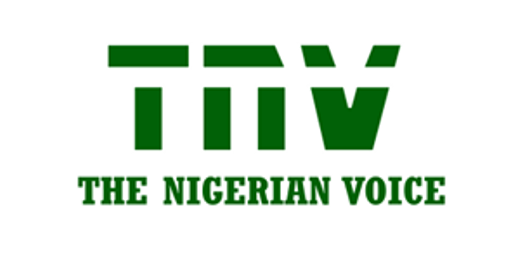
 Innovations
Innovations 